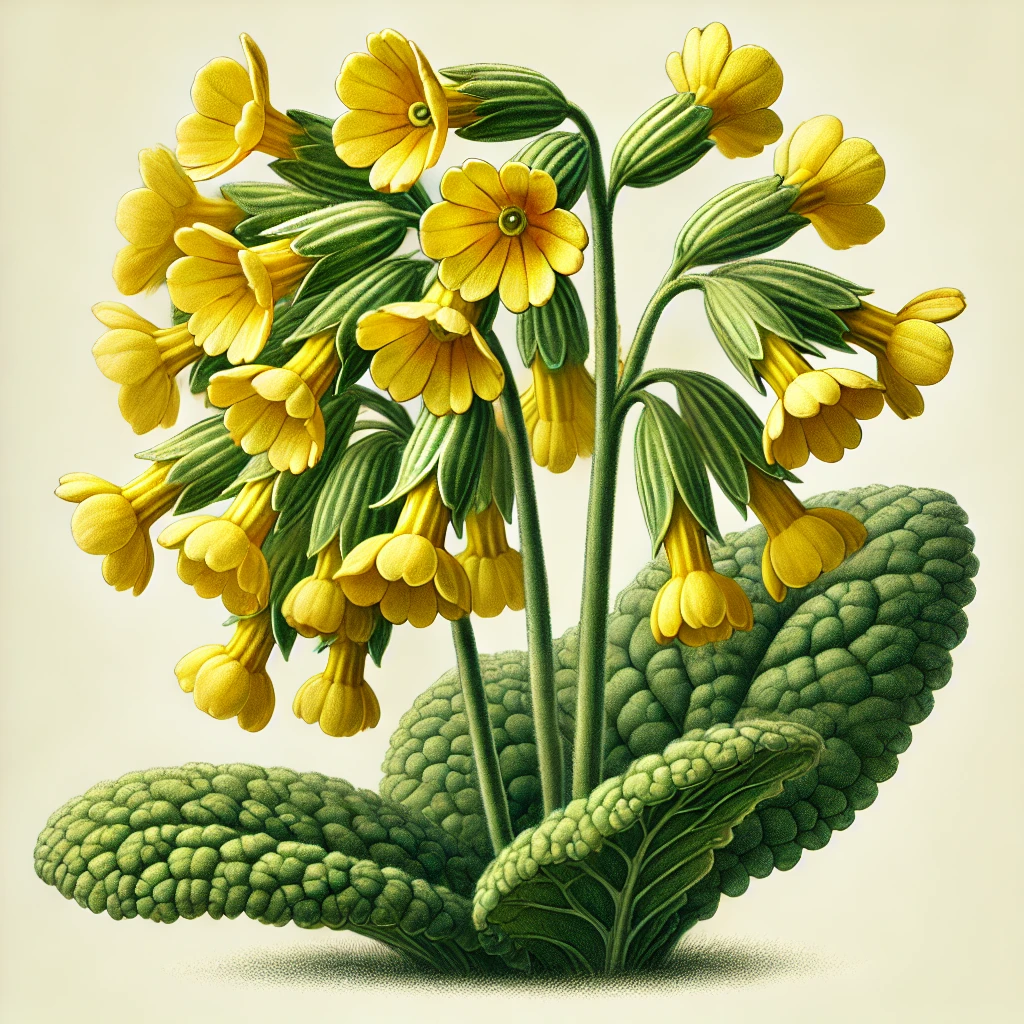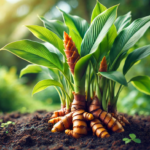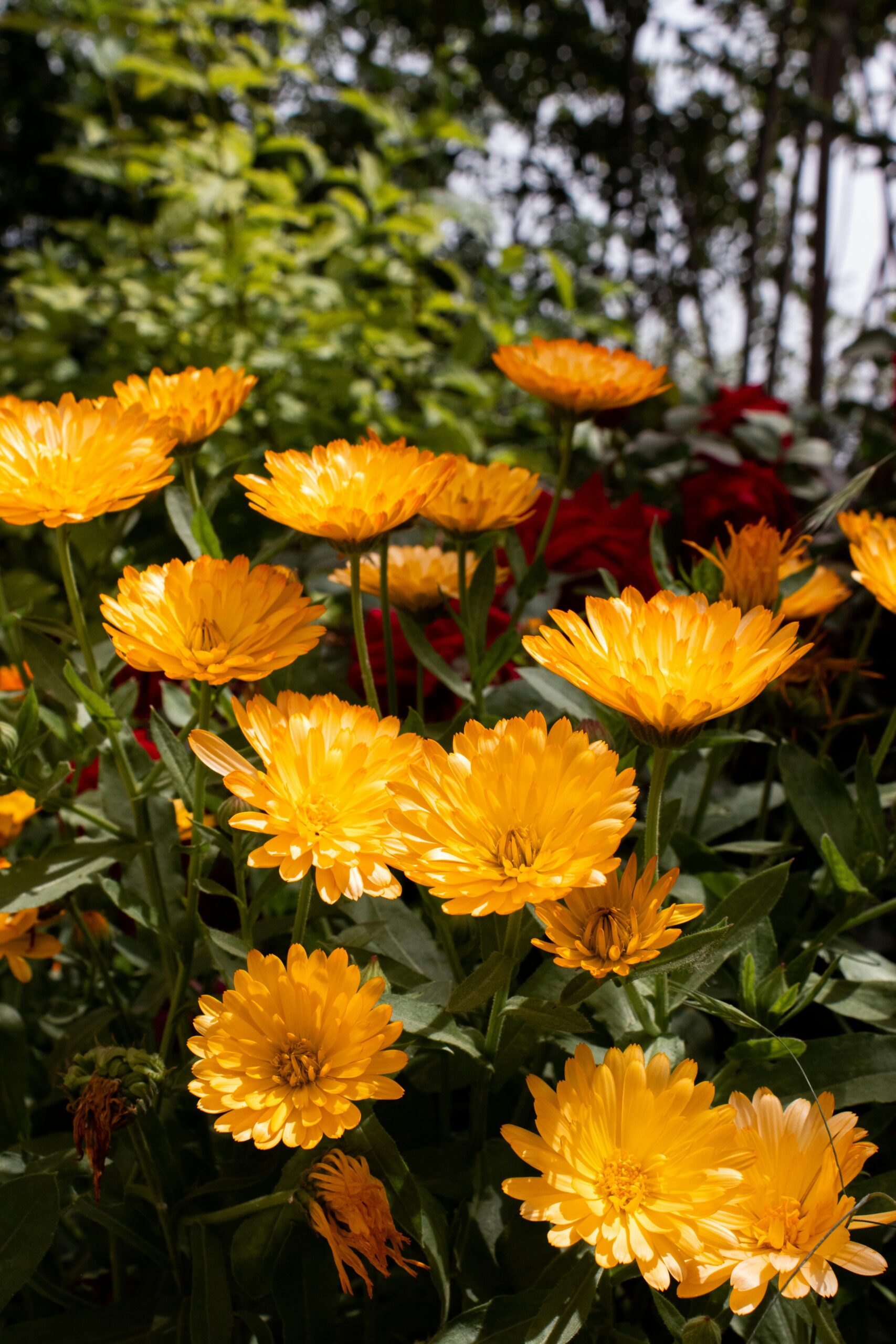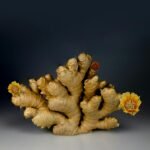Methods of Preparing Tea: A Complete Guide for Tea Lovers
Introduction to the World of Tea
Tea, one of the most popular beverages in the world, has a rich and fascinating history, having been consumed for thousands of years in various cultures. Its origins can be traced back to China, where legends suggest that around 2737 BC, the emperor Shen Nong accidentally discovered the beneficial effects of tea leaves on boiled water. Over time, tea has become not only a beverage but also a symbol of social rituals and hospitality in different cultures.
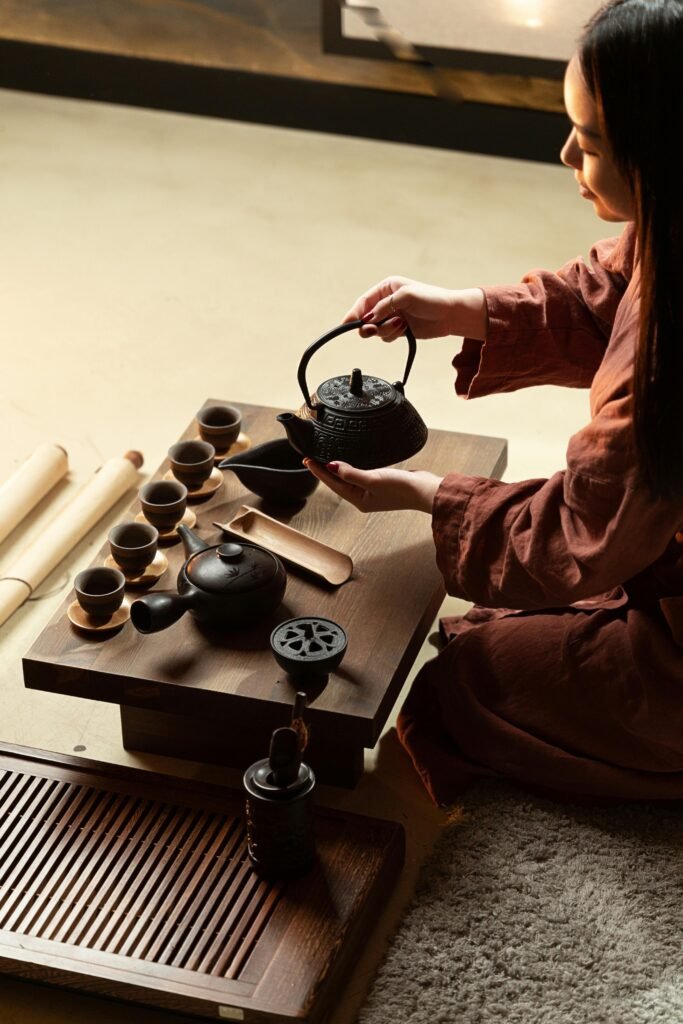
Throughout its evolution, tea has taken on multiple forms and has been adapted in various ways—from the elaborate Japanese ceremonies known as “chanoyu” to the British afternoon tea, which includes cakes and sandwiches. The diversity of tea variants is impressive, including green tea, black tea, white tea, oolong tea, and herbal infusions, each having its own aromatic nuances and health benefits.
The cultural impact of tea extends beyond the act of consuming it. It is often associated with moments of relaxation and socialization, representing opportunities for gathering with friends and family. In addition, tea has influenced the global economy, being one of the most commercially traded products on the international market. Today, tea continues to evolve, with new varieties and preparation methods appearing constantly, reflecting the diversity of tastes and preferences of consumers around the world.
STEAMING OR INFUSION
Fresh plants are cut and placed in a glass container or another non-metallic vessel. Water is boiled, then removed from the heat and poured over the prepared plants. Fresh plants should not be left in the vessel—so that the tea “infuses” for only a very short time (about ½ minute)! The tea must be very light in color: light yellow or light green. Dried plants are allowed to steep for a bit longer (rest time: 1–2 minutes). Tea prepared in this way is much healthier and more visually pleasing.
The roots are added to the indicated amount of cold water, brought to a few gentle boils, and then left to steep for 3 minutes.
The tea ration for a day is introduced into a thermos and sipped occasionally throughout the day, according to the indication. In general, about 1 heaped teaspoon of plants is used per ¼ liter of water (equal to 1 cup), otherwise following the specific indication for each plant.
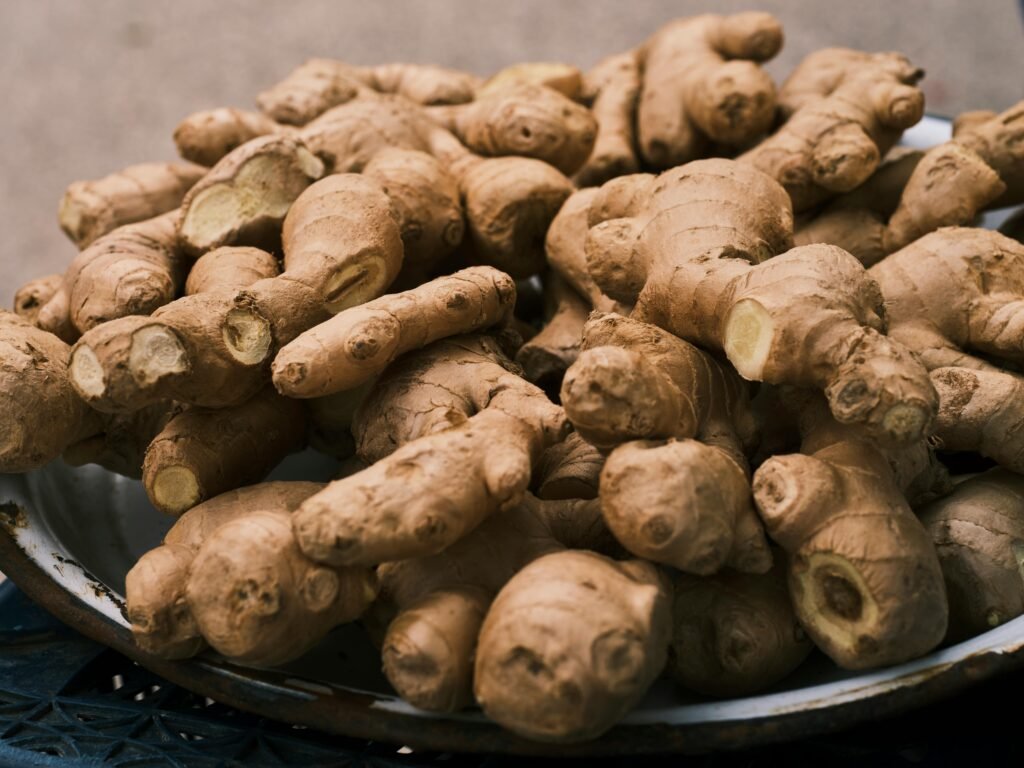
Types of Tea and Their Characteristics
Tea, the beverage revered worldwide for its flavor and health benefits, is available in an astonishing variety of types. Each type of tea has distinct characteristics, influenced by its cultivation method, processing, and chemical composition. The most common types of tea include green tea, black tea, white tea, oolong tea, and herbal tea.
Green tea is obtained from young leaves of Camellia sinensis, which are processed by steaming or quick roasting to prevent oxidation. This technique preserves the polyphenols and antioxidants, contributing to a fresh, vegetal taste. From a health perspective, green tea is recognized for its ability to aid weight loss and improve heart health.

Black tea, on the other hand, is fully oxidized. The leaves are allowed to ferment, developing rich and complex aromas. The specificity of this type of tea lies in its caffeine content, which provides an extra boost of energy. It is also associated with benefits such as improved digestion and enhanced mental health.
White tea is the least processed of them all, being made from buds and young leaves that are naturally dried. Its delicate and elegant taste brings floral notes, and its health benefits include significant antioxidant effects. Oolong tea, which falls between green tea and black tea in terms of oxidation, offers a complex taste and a balance between the two types, with outstanding benefits in maintaining metabolic health.
Finally, herbal tea, although technically not tea in the traditional sense (black, green, white, or oolong), is made from a variety of plants, flowers, and spices. These infusions are varied and can offer a wide range of flavors and therapeutic benefits—from relaxation to immune system stimulation.
Tools Necessary for Preparing Tea
Preparing tea is a process that requires several essential tools to ensure a pleasant experience and optimal flavor. The teapot is perhaps the most important tool, as it is intended to infuse the tea leaves in hot water. There are various types of teapots available, including those made of ceramic, glass, or metal, each having distinct characteristics that contribute to the final aroma of the tea.

In addition to the teapot, filters play a crucial role in tea preparation. These can be made of cloth, plastic, or paper and are used to separate the tea leaves from the infused liquid. A quality filter will contribute to the clarity of the tea, allowing you to enjoy a clean beverage free of impurities. Depending on personal preferences, you may opt for an integrated infuser system or disposable filters.

Tea cups are also essential, and their selection can significantly influence the tasting experience. They should be appropriate for the type of tea you are preparing. For example, porcelain or ceramic cups are often preferred for delicate teas, as they retain heat better. Along with these basic tools, there are optional accessories, such as water thermometers or infusion timers, which can help achieve a precise preparation.
Thus, choosing the appropriate tools for tea preparation not only enhances the quality of the infusion but also the entire ritual of enjoying this globally appreciated beverage. Investing in quality instruments will lead to a much more pleasant tea experience, making it an integral part of a tea lover’s passion.
Step by Step: Preparing Green Tea
Preparing green tea requires special attention to detail in order to obtain an aromatic and healthy beverage. The first essential step in the preparation process is the selection of water. It is recommended to use purified or filtered water, as water with impurities can alter the taste of the tea. The ideal temperature for water used in preparing green tea varies between 70°C and 80°C. It is important not to use boiling water, as this can destroy its aromatic compounds and lead to a bitter taste.
After the water reaches the correct temperature, the green tea leaves are added. The recommended quantity is approximately 2 grams of tea per 100 ml of water. This may vary depending on the type of green tea chosen, as some varieties require a larger amount of leaves to reveal their full flavor. For example, sencha or gyokuro benefit from a larger quantity of leaves for a richer taste.
Regarding the infusion time, it is important to respect the optimal interval, which is between 2 and 3 minutes. Infusing for too long will negatively affect the flavor, leaving an unpleasant bitterness. Another suggestion to enhance the taste is to add a slice of lemon or a bit of honey, depending on personal preference. These additives can complement the natural notes of green tea, creating an even more pleasant beverage.
There are numerous varieties of green tea, each with unique characteristics. For example, matcha is a powdered tea that offers an intense flavor and a creamy texture. On the other hand, longjing green tea is known for its delicate and sweet aroma. Thus, exploring different varieties and methods of preparation can significantly enrich the experience of a tea lover.
Techniques for Preparing Black Tea
Black tea is one of the most popular types of tea in the world, appreciated for its robust flavor and the benefits it offers. Proper preparation is essential to obtain a pleasant tasting experience. The water temperature is a decisive factor; for black tea, it should be between 90°C and 100°C. Using a thermometer to monitor the water temperature will help avoid overheating, which can lead to bitterness in the tea.
The infusion time is also crucial. Black tea requires an infusion time of 3 to 5 minutes. An infusion that is too short will not extract enough flavor, while one that is too long may produce an overly intense and unpleasant taste. It is recommended to use approximately one teaspoon of black tea leaves for each cup of water, and exploring different types of black tea may reveal variations in the optimal infusion time.
In terms of serving methods, black tea can be enjoyed plain or with additions. In British tradition, black tea is commonly served with milk or lemon, and sometimes sugar is added as well. This serving variant is a result of British tea culture, where tea is often consumed in the afternoon accompanied by various delicacies. This not only accentuates the flavors of the tea but also provides a unique cultural experience. The choice of ingredients that accompany the tea can transform each cup into a genuine ceremony of taste, reflecting personal preferences.
Herbal Teas: Advantages and Preparation Methods
Herbal teas, also known as infusions, are appreciated not only for their pleasant flavors but also for the health benefits they provide. These are obtained by infusing medicinal plants such as hibiscus, chamomile, or mint, which have been used throughout time in various cultures for their therapeutic properties. Each plant has unique characteristics capable of contributing to the overall improvement of the consumer’s health.
For example, hibiscus is known for its beneficial effects on the cardiovascular system. Regular consumption of hibiscus tea can help reduce blood pressure and improve blood lipid profiles. It is also rich in antioxidants, contributing to the protection of the body against oxidative stress.

Mint, with its refreshing aroma, not only offers a pleasant taste but also has multiple benefits. Consumption of mint tea can help alleviate headaches and respiratory issues, due to its relaxing effect on the muscles. It is also often recommended for easing digestion and soothing the stomach.
Chamomile, on the other hand, is renowned for its calming properties, often used to combat insomnia and symptoms of anxiety. Chamomile tea is also effective in easing digestion, helping reduce abdominal discomfort.
Preparing herbal teas is a simple art, but it requires attention to detail to obtain the desired flavor and benefits. In general, it is recommended to use 1–2 teaspoons of dried plants per 250 ml of boiling water. The infusion should last between 5 and 10 minutes, depending on the type of plant, to allow the release of active compounds. When consumed regularly, herbal tea can be a true source of natural health.

Enhancements and Additives for Tea
Tea can be consumed plain; however, adding certain ingredients can transform an ordinary experience into a truly special one. One of the most popular additives is honey, which not only improves the taste of the tea but also brings health benefits due to its antibacterial properties. Honey is an excellent ingredient for sweetening green or herbal teas, with a flavor profile that blends perfectly. It is also recommended to opt for raw honey, which retains all its nutritional properties.
Another highly appreciated ingredient is lemon. Adding a few slices of lemon can provide a vibrant citrus note that accentuates the flavors of black or green teas. In addition, lemon is a rich source of vitamin C, thereby contributing to strengthening the immune system. Combining lemon with honey not only offers a pleasant taste but also a comforting beverage in the cold season, having a soothing effect on the throat.
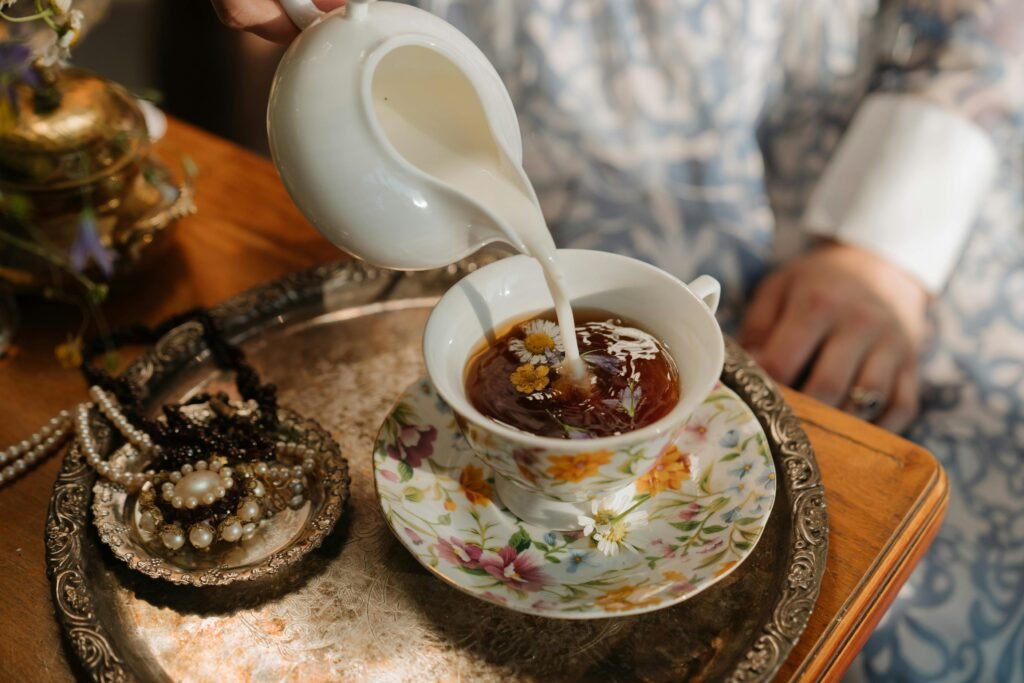
Milk is also a traditional additive for tea, especially in the case of Indian teas, such as chai. It contributes not only to a creamier texture but also to a richer aroma. When using milk, it is recommended to choose robust teas, such as black tea, to balance the intensity of the flavors. Other combinations may include the addition of spices such as cinnamon or ginger, which not only enhance the flavor but also have beneficial health effects.
Thus, there are a variety of options for enhancing tea, and these combinations can bring both flavor and additional benefits. Experimenting with various ingredients will allow the personalization of each tea, transforming every cup into a unique experience.
Health Benefits of Tea
Tea, a beverage consumed for centuries, demonstrates its efficacy through a series of recent studies that highlight its remarkable health benefits. In particular, green, black, and herbal teas have been associated with significant antioxidant effects. Antioxidants, such as the catechins found in green tea, contribute to neutralizing free radicals in the body, thereby protecting cells from damage. This property becomes essential in the prevention of chronic diseases, including cancer and cardiovascular diseases.
In addition to its antioxidant effects, tea also has anti-inflammatory properties. Studies suggest that certain types of tea, especially green tea and chamomile tea, can reduce inflammation in the body, which is beneficial for individuals suffering from inflammatory conditions such as arthritis. Regular consumption of tea has been associated with the alleviation of symptoms related to these conditions, offering a natural option for health management.
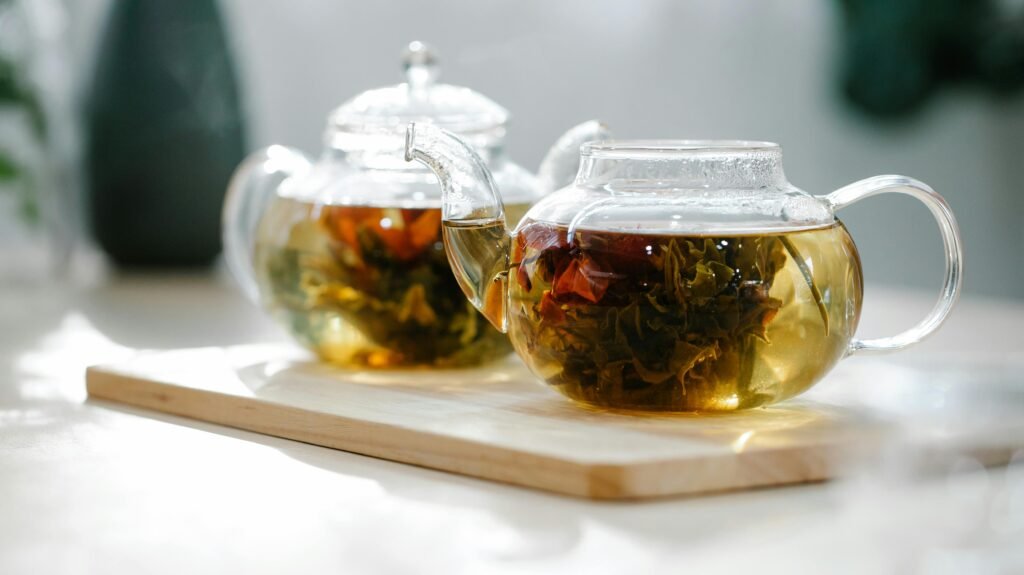
Furthermore, recent research has shown that tea can stimulate metabolism. Green tea, in particular, is recognized for its ability to accelerate fat burning and support weight loss. The bioactive substances in tea contribute to an increased metabolic rate, making it an effective ally in the dietary regimen of people wishing to maintain a healthy weight.
These benefits underscore the importance of integrating tea into one’s daily diet. Consumed in moderation, tea not only offers a pleasant experience but also supports the overall well-being of the body. For this reason, tea lovers should explore the variety of teas available to take advantage of their beneficial effects on health.
Conclusion and Final Thoughts
Following the discussion on the various methods of tea preparation, it becomes evident that this refined beverage plays a significant role in the daily lives of many people. From the traditional method of infusion to the most modern techniques, each method of tea preparation offers a unique and distinct experience. Exploring different styles of preparation not only allows for the appreciation of the characteristics of tea but also opens the door to new flavors and textures that can transform the simple act of drinking tea into a true sensory ceremony.

The importance of tea extends beyond taste and aroma; it is often associated with moments of relaxation, socialization, and even spiritual rituals. For this reason, it is essential that tea lovers experiment with various preparation methods and plant varieties to discover those that suit them best. Whether it is a revitalizing green tea, a robust black tea, or an herbal infusion full of benefits, each type of tea can contribute to general well-being in unique ways.
In the end, we encourage readers not to be afraid to explore, adjust, and innovate in the preparation of tea. Every cup can become an opportunity to discover new tastes and textures, and the diversity of methods is an invitation to make tea an integral part of your daily routine. So, experiment, savor, and enjoy the magic of tea!
- Why is it important to know the different methods of tea preparation?
Preparing tea correctly, whether through infusion or steaming methods, significantly influences its taste and benefits. Each type of tea (green, black, white, oolong) or herbal infusion has specific requirements regarding water temperature, infusion time, and sometimes the amount of leaves. A proper understanding of these variables allows you to obtain a beverage with harmonious flavors and preserved beneficial characteristics. If the preparation technique is wrong (for example, using water that is too hot for a delicate tea), the volatile oils and valuable compounds can be destroyed, and if the infusion time is excessive, the drink may become overly bitter or astringent. - What does “steaming” (classic infusion) mean and in what situations is it recommended?
Steaming represents pouring hot water over tea leaves or flowers, allowing the aromatic substances and nutrients to be released. This method is often used for green, white, and even herbal teas, where a short infusion preserves the light flavors and active principles. For fresh plants, a very short contact with hot water (maximum 1 minute) is indicated, maintaining a pleasant taste and a light color. For dried plants, the infusion may last 1–2 minutes, sufficient to extract the essential compounds without making the beverage bitter. - How do water temperature and infusion time affect the quality of the tea?
Water temperature and infusion duration are critical factors in tea preparation. Certain varieties (such as green and white teas) require lower temperatures (70–80°C) to avoid the release of bitter tannins. On the other hand, black teas withstand higher temperatures (90–100°C) and require a longer infusion time, up to 3–5 minutes. An infusion that is too short will not extract enough flavors and nutrients, while an excessively long one can generate an overpowering taste that dominates the tea’s aromatic profile. - What role do the types of tea (green, black, white, oolong, herbal) play in selecting the preparation method?
Each type of tea has unique characteristics regarding taste, chemical composition, and sensitivity to heat.
- Green tea best preserves its bioactive substances at lower temperatures and with a shorter infusion time.
- Black tea requires higher temperatures and longer infusion durations, as its oxidized leaves withstand the heat without becoming excessively intense.
- White tea, being extremely delicate, can become bitter if exposed to temperatures above 80°C.
- Oolong tea falls between green and black, requiring a balance between water temperature and infusion duration to highlight its complex notes.
- Herbal infusions (such as chamomile, mint, hibiscus, etc.) also vary depending on the species used, but they are generally prepared via classic infusion at temperatures of 90–100°C.
- What basic equipment is necessary to prepare quality tea?
A teapot or non-metallic infusion vessel (such as ceramic or glass) is recommended so as not to alter the taste of the tea leaves. A filter—made from cloth, paper, or fine metal—prevents the leaves from ending up in the infusion. A thermometer is useful, especially for delicate teas, to ensure that the water does not exceed the optimal temperature. Additionally, a timer helps in maintaining the appropriate infusion time. Porcelain or ceramic cups retain temperature and can enhance the experience of subtle aromas. - How is green tea correctly prepared to obtain both health benefits and pleasant flavors?
For green tea, it is recommended to heat the water to approximately 70–80°C. Then add 2–3 grams of tea leaves (about one teaspoon) to 200 ml of water, ensuring that the infusion time does not exceed 2–3 minutes. A longer infusion time develops a bitter taste. After that, you can adjust the concentration according to preference, either by adding more leaves for a stronger flavor or shortening the infusion time for a more floral note. Some varieties of green tea can be infused two or three times, with each round offering subtly different flavors. - What are the recommended steps to obtain a flavorful and balanced black tea?
The water should reach 90–100°C, and the recommended proportion is one teaspoon of leaves for each cup (approximately 200 ml). After pouring the water over the leaves, cover the vessel to maintain the heat and let it steep for between 3 and 5 minutes, depending on the desired intensity. In British culture, adding milk or lemon is optional—milk reduces astringency, while lemon provides freshness. If additional sweetness is desired, honey or brown sugar can be used, though excess should be avoided as it may overshadow the natural flavors of the leaves. - What advantages do herbal infusions bring and how can they be prepared to preserve their therapeutic properties?
Herbal infusions (such as chamomile, mint, hibiscus) are widely appreciated for their calming, detoxifying, or energizing effects, depending on the plant’s composition. To preserve as many active substances as possible, freshly collected plants should not be infused for too long: 1–2 minutes are sufficient, according to guidelines. For dried plants, the duration may increase to 3–5 minutes. It is recommended to use non-metallic vessels and to avoid water hotter than 90–95°C, to prevent degrading the essential oils. Adding a teaspoon of honey or lemon juice can improve the final taste and enhance the therapeutic effects. - Are there special methods of tea preparation (such as matcha, Turkish tea, Indian “chai”)?
Each cultural region has its own way of showcasing tea leaves. For example, matcha involves grinding green tea leaves into a fine powder, which is then vigorously mixed with warm (not boiling) water using a traditional bamboo whisk (chasen). Turkish tea is prepared using a two-vessel method (“çaydanlık”): tea leaves are placed in the upper part, and boiling water in the lower part, obtaining a concentrate that is then mixed with hot water. In India, “chai” involves boiling black tea with milk, spices (cardamom, cinnamon, ginger), and sugar, offering an intensely rich and robust flavor. - How can the tea tasting experience be enhanced and what tips exist for becoming a true tea connoisseur?
To refine your palate, try new tea varieties and vary your preparation methods by adjusting the infusion time and water temperature. Make it a habit to savor tea in peace, paying attention to its aroma and texture. You can observe the evolution of the taste from the first sip to the last, or try different combinations: milk, lemon, honey, natural syrups, etc. Organizing small tea ceremonies with friends, sharing impressions, and learning about different traditions and customs from around the world can transform you into a true connoisseur. Furthermore, adhering to basic rules (optimal temperature, proper leaf quantity, correct infusion duration) will consistently ensure an unforgettable experience.


